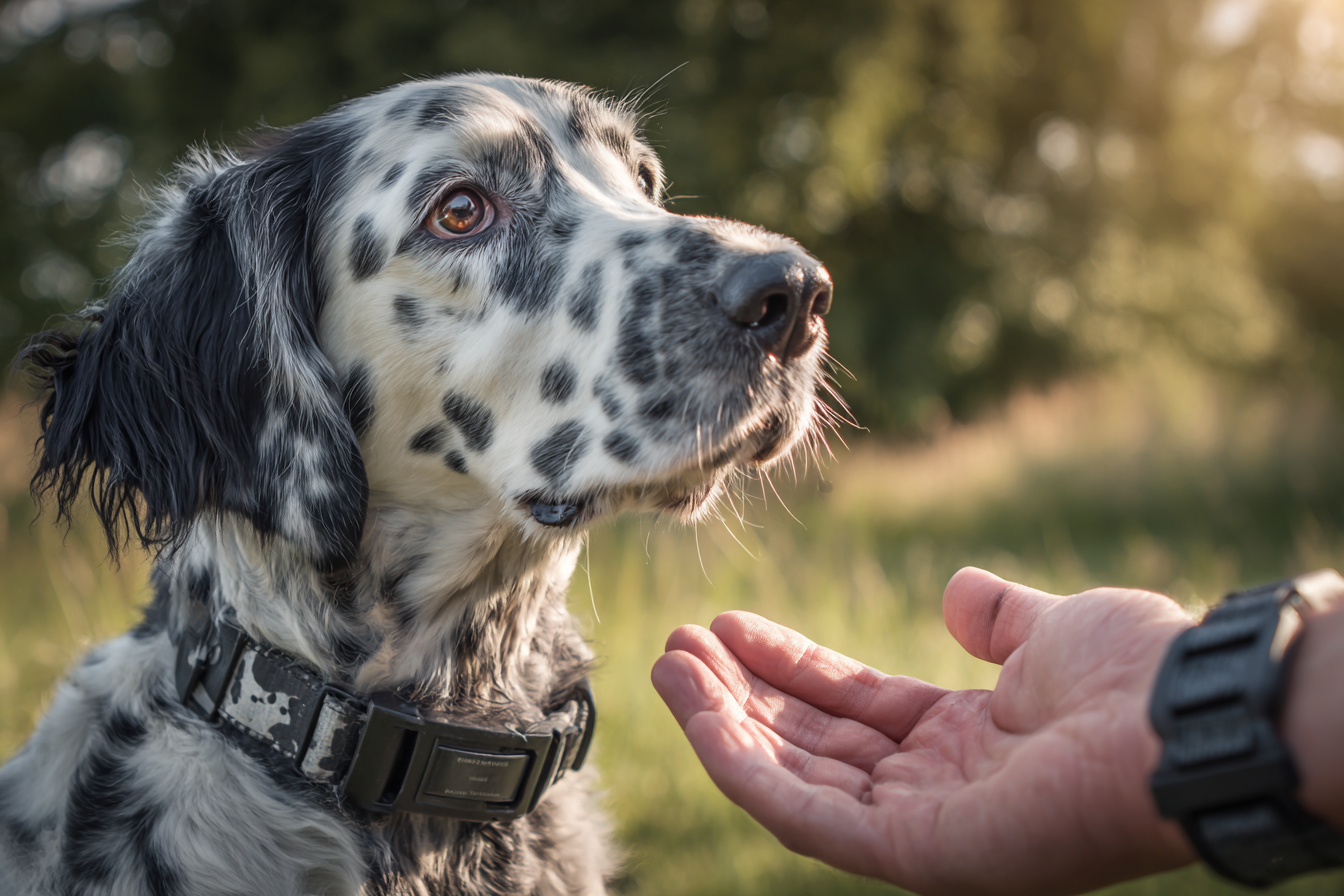Training your English Setter can be a truly rewarding experience when you understand the unique characteristics of this intelligent and energetic breed. English Setters are known for their gentle disposition, keen intelligence, and high energy levels which make them both delightful companions and capable working dogs. However, their spirited nature means they benefit from consistent, patient, and positive training strategies tailored to their personality. If you’re looking to raise a well-behaved, happy English Setter, these top training tips will guide you through every step of the way.
Understanding English Setter Intelligence and Energy
Before diving into training techniques, it’s important to recognize what makes the English Setter stand out. This breed is highly intelligent and has a natural eagerness to learn, which is great news for any dog owner. However, their sharp minds can also lead to boredom if they aren’t mentally stimulated, and their abundant energy requires regular physical outlets.
English Setters were originally bred as hunting dogs, specifically for pointing and retrieving game birds. This background means they possess strong instincts, including a keen sense of smell and a desire to explore their environments. Without adequate exercise and mental challenges, these instincts can sometimes translate into undesirable behaviors like excessive barking, digging, or restlessness.
In essence, English Setters thrive when training taps into their intelligence and energy rather than trying to suppress it. This means engaging them in active, stimulating, and fun training sessions that reward their natural abilities while teaching discipline and good manners.
Basic Obedience Training Methods
Starting with basic obedience is crucial for every English Setter owner. Commands like sit, stay, come, heel, and down form the backbone of a well-behaved dog and help ensure safety for both the dog and others.
Here are key points to keep in mind during basic obedience training:
- Consistency: Always use the same words and gestures for commands to avoid confusing your dog.
- Short sessions: Since English Setters are intelligent but can get distracted, keep training sessions brief and frequent, about 10-15 minutes each.
- Clear communication: Use firm but gentle tones. Avoid harshness, as this sensitive breed responds better to encouragement than reprimands.
- Daily practice: Incorporate obedience practice into daily routines to reinforce learning.
By patiently structuring obedience lessons into short, positive sessions, your English Setter will build a solid foundation of commands that support more advanced training later on.
Positive Reinforcement Techniques
Positive reinforcement is the most effective and humane method for training English Setters. This involves rewarding good behavior with treats, praise, toys, or playtime to encourage repetition of those behaviors.
Some practical tips for positive reinforcement include:
- Identify motivators: Some dogs respond better to treats while others may be more motivated by praise or play. Experiment to find what excites your Setter the most.
- Immediate rewards: Deliver rewards right after your dog performs the desired behavior to strengthen the association.
- Gradual reduction of treats: Once your dog reliably follows a command, transition from treats to verbal praise and affection to maintain the behavior without over-rewarding.
- Avoid punishment: Do not use physical corrections or harsh verbal reprimands, as these can damage trust and may lead to fearfulness or anxiety in English Setters.
Using positive reinforcement not only accelerates training progress but also builds a joyful and trusting relationship between you and your dog.
Handling Common Training Challenges
English Setters are wonderful dogs, but like any breed, they can present specific training challenges. Understanding these common hurdles will help you address them more effectively.
- Distractions: Given their hunting background, English Setters may find it difficult to focus in environments with many scents or sights. Start training in a calm, distraction-free area and gradually introduce more stimuli as your dog improves.
- Recall difficulties: Because of their independent streak, English Setters might occasionally ignore recall calls, especially if distracted. Build recall reliability by practicing in fenced areas and rewarding enthusiastically when your dog returns promptly.
- Chewing and digging: These are natural outlet behaviors related to boredom or excess energy. Provide plenty of exercise, interactive toys, and designate appropriate digging areas (if you’re willing) to redirect this behavior.
- Separation anxiety: English Setters are generally affectionate and may become anxious when left alone. Gradually train them to be comfortable alone through short departures and positive associations.
Patience and proactive management are key to overcoming these challenges and ensuring your English Setter remains happy and obedient.
Socialization and Behavioral Training
Socializing your English Setter is vital for them to become a well-rounded and confident dog. Early exposure to various people, animals, sounds, and environments helps reduce fear and aggression while promoting good manners.
Begin socialization as early as possible by:
- Introducing your puppy or newly adopted dog to a wide range of experiences in a controlled and positive way.
- Allowing supervised interactions with other dogs and animals.
- Taking your dog to busy, public places such as parks, pet-friendly stores, and dog-friendly events.
Behavioral training is also essential to curb unwanted habits such as jumping on guests, excessive barking, or pulling on the leash. Use consistent commands and positive reinforcement to teach alternative behaviors. For example, teach your dog to sit politely when greeting people instead of jumping up.
Advanced Training for Hunting or Agility
Many English Setters relish advanced training opportunities, whether it’s hunting, field trials, or agility sports. Due to their heritage, they excel in activities that challenge both their physical abilities and mental sharpness.
If you’re interested in advanced training:
- Hunting training: This involves teaching your Setter to point, flush, and retrieve game following precise commands. Professional guidance or specialized classes can be very helpful to teach these skills systematically.
- Agility training: English Setters are nimble and enjoy obstacle courses that demand speed and coordination. Agility builds your dog’s confidence, focus, and strengthens your bond.
- Advanced obedience and tricks: You can introduce complex commands and fun tricks such as weaving through poles, jumping, or scent discrimination games to keep their minds engaged.
Whichever advanced path you choose, ensure progress is gradual, enjoyable, and always reinforced with positive encouragement.
Embracing the Journey and Helpful Resources
Training your English Setter is an ongoing journey filled with exciting milestones and occasional hurdles. Staying patient, consistent, and positive will set you and your dog up for lifelong success and companionship.
For additional support, consider these valuable resources:
- Local obedience classes or dog trainers who specialize in sporting breeds.
- Books and online courses focusing on positive reinforcement and breed-specific training.
- Engaging with English Setter breed clubs or online communities for advice, shared experiences, and social opportunities.
- Enrichment tools like puzzle toys, scent games, and interactive play to keep your Setter mentally stimulated.
Every English Setter is unique, so tailor your training approach to your dog’s personality and lifestyle. With dedication and love, your English Setter will grow into the well-behaved, intelligent, and joyful companion you envision.







